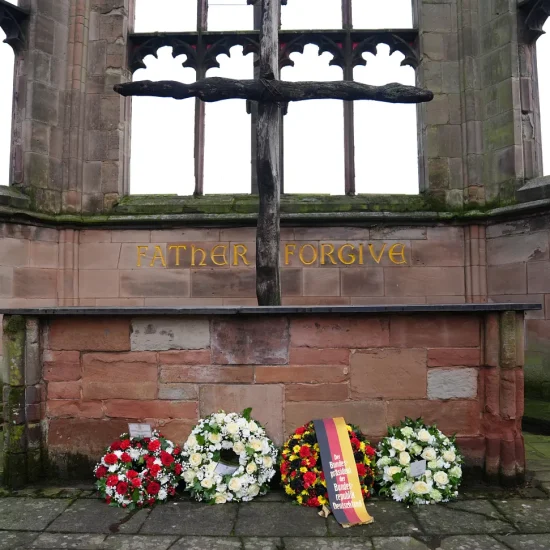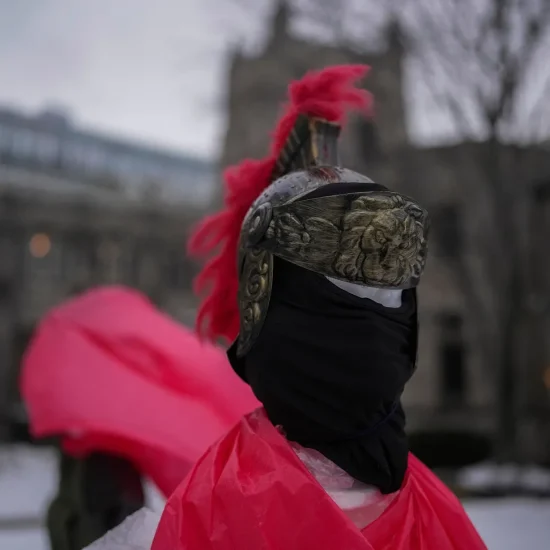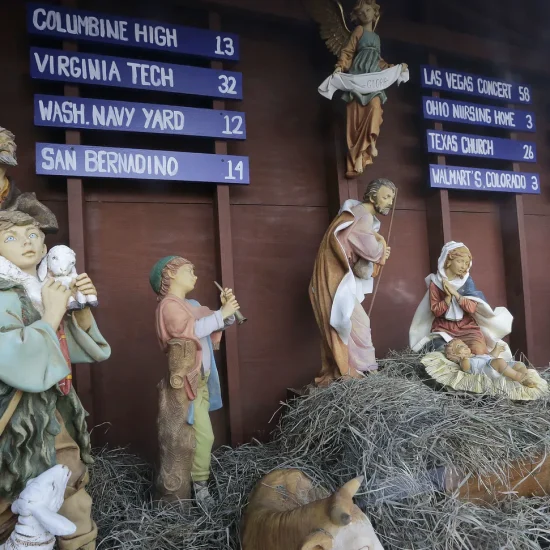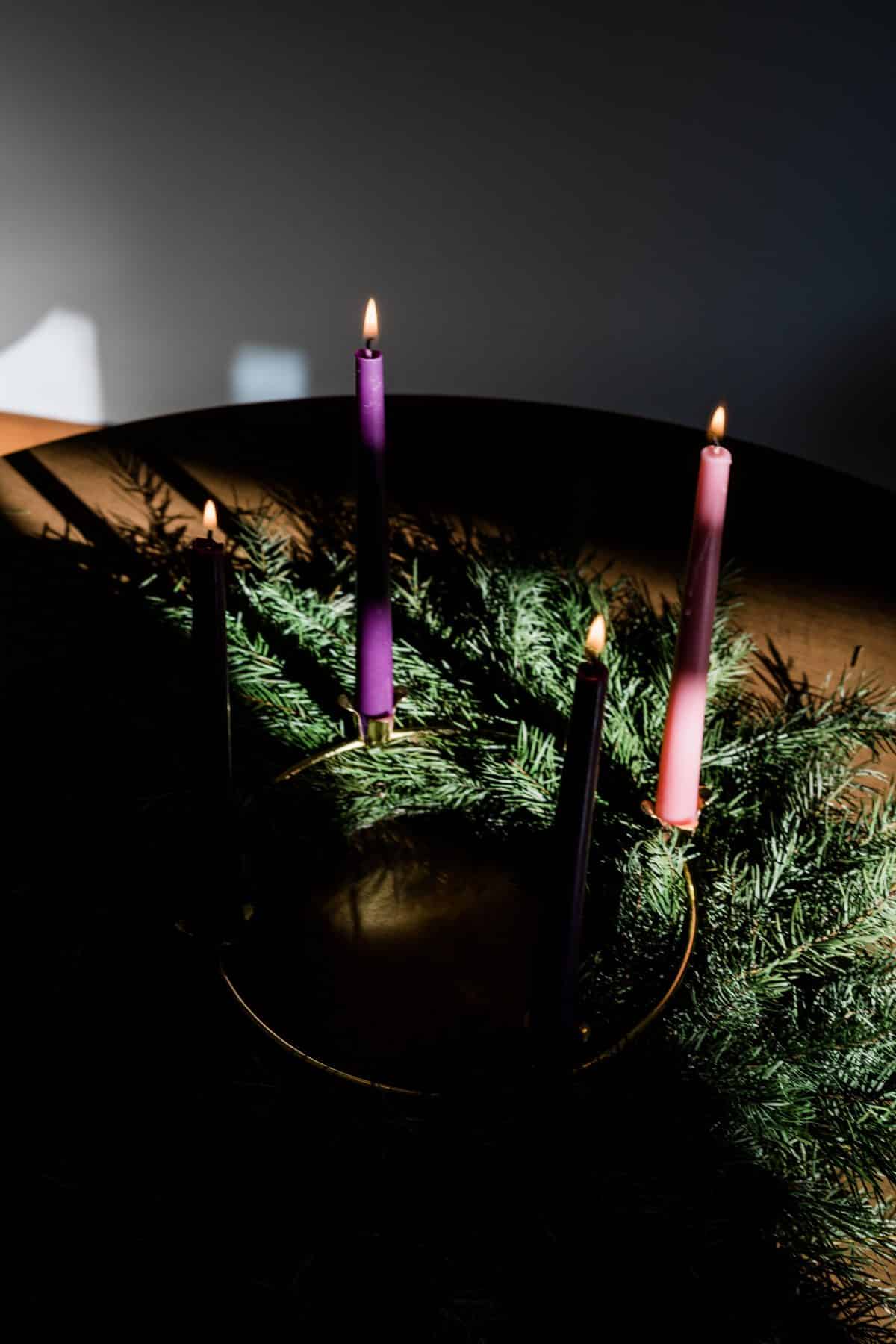
“Do you believe in love at first sight … or do I have to walk by you again?” is an example of a cheesy pick up line my friends and I used to tease each other with in college. I am uncertain about love at first sight, but constant faithful presence strengthens and deepens love over time.

Greg Mamula
I did not grow up following a Christian liturgical calendar, utilizing its rhythms of Advent, Christmas, Epiphany, Lent, Easter, and Pentecost. But I have noticed a trend in our Baptist churches toward at least acknowledging these classic Christian seasons more often, even if we do not fully understand what we are doing. But the good thing about seasons is that they come back around every year, allowing us to gain deeper understanding of each season.
“Do you believe in Advent at first sight … or do I need to walk by you again?” the Christian calendar might ask us. And our answer might be, “Yes, please walk by again, I am not sure I fully grasped your importance.” Like the spirograph toys of our childhood, each cycle through the calendar creates a deeper, richer, more elaborate design and impression on our souls. Perhaps a little awkward and unclear at first, with each passing cycle we grow deeper in our appreciation of the season and the story of what God is doing in the world through Jesus, the Holy Spirit, and the Church.
I first discovered the church calendar as an associate pastor in a Baptist church in western Nebraska. The church’s senior pastor (and my mentor and friend) understood how to utilize the church calendar for worship. He introduced the congregation to the power of the journey of Advent before Christmas and the preparation of Lent for Easter.
We utilized the Revised Common Lectionary texts to give shape to our worship and preaching, reading a Psalm, Old Testament, New Testament, and Gospel passage each week as a gathered body. It was a beautiful way to walk through the chaos of North American holiday season with a calm and centered mind, body, and soul. It helped us slow down and better prepare for the immense hope and power of the incarnation of Christ, Lord of the universe, set in a manger.
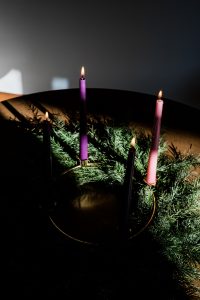
(Grant Whitty/Unsplash)
However, the RCL readings for Advent though are often rather apocalyptic in nature, emphasizing the second coming of Jesus. One would think with Advent serving as our Christian New Year festival we would start with Jesus being born, not eagerly anticipating his return. Yet, the passages that give shape to Advent are primarily focused on the second coming of Jesus. It is about God actively working in the world to bring about God’s plan. This helps us place the agency of change right where it belongs, in the hands of God, rather than our human will. By lighting a single candle each week and reflecting on what God is doing in the world, slowly illuminating God’s plan, ultimately revealed in Christ, it keeps us from thinking we are somehow responsible for the change.
Our task is to watch and to wait. To live in the tension of already and the not yet. To participate in a season between. Advent is a lot like dawn — it is neither night nor day. But like a watchman, we turn our back on the darkness and turn our face toward the eastern horizon in hope for coming light. Advent requires a great deal of honesty. We have to be truthful with God and ourselves, admitting things are not as they should our could be, while still clinging onto the hope that God will act and we will be ready.
Advent does point to manger in this way. Once we have seen God working in our midst we are compelled to testify. Zechariah, Elizabeth, Mary, the shepherds, Simeon, Anna, the wise men, and the angels all take it in turns to testify through song and speech what they have seen. They were able to identify what God was doing in Jesus because they were hoping for God to come, so they recognized it when God came even in the most mundane way possible.
Advent focuses on the second coming to remind us that God is still actively working in the world. We learn to watch and wait, so that when God breaks in, even in the most mundane places of our homes, offices, dinner tables, and social encounters we will recognize his presence. Then we must go and tell it on the mountain, not only that Jesus Christ is born but present here in our everyday lives and will come again someday to make all things new.
Because there is so much to watch and wait for, we observe Advent every year, learning more and loving more deeply with each pass of the proverbial spirograph. Do you believe in Advent … or does it need to walk by you again?
Rev. Dr. Greg Mamula is the Associate Executive Minister for the American Baptist Churches of Nebraska. He is author of Table Life: An Invitation to Everyday Discipleship, to be published by Judson Press. Visit table-life.org to learn more about his ministry and writing projects.

